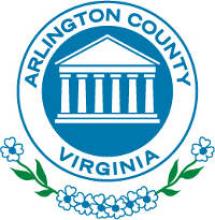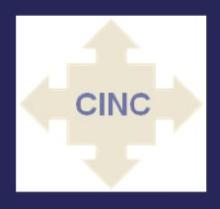Fiber Optic ConnectArlington Moving Forward in Virginia
Arlington County, Virginia is taking advantage of a series of planned projects to create their own fiber optic network, ConnectArlington. The County is moving into phase II of its three part plan to improve connectivity with a publicly owned fiber network.
Some creative thinking and inter-agency collaboration seem to be the keys to success in Arlington. Both the County and the Arlington Public Schools will own the new asset. Additionally, the network will improve the County Public Safety network. Back in March, Tanya Roscola reported on the planing and benefits of the ConnectArlington in Government Technology.
Arlington County's cable franchise agreement with Comcast is up for renewal in 2013. As part of that agreement, the schools and county facilities have been connected to each other at no cost to the County. Even though there are still active negotiations, the ConnectArlington website notes that the outcome is uncertain. The County does not know if the new agreement will include the same arrangement. Local leaders are not waiting to find out, citing need in the community and recent opportunities that reduce installation costs.
Other communities, from Palo Alto in California to Martin County in Florida, have found Comcast pushing unreasonable prices for services in franchise negotiations. Smart communities have invested in their own networks rather than continue depending on Comcast.
Like schools all around the country, Arlington increasingly relies on high-capacity networks for day-to-day functions both in and out of the classroom. Digital textbooks, tablets, and online testing enhance the educational adventure, but require more and more bandwidth and connectivity. From the article:
Through ConnectArlington, Arlington Public Schools will be able to take advantage of Internet2 for distance learning. At no cost, students will be able to communicate with teachers and access electronic textbooks and online courses from wireless hot spots.



